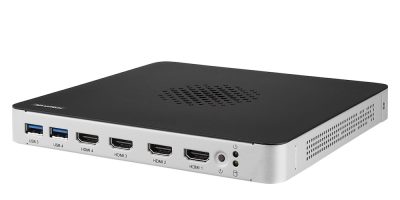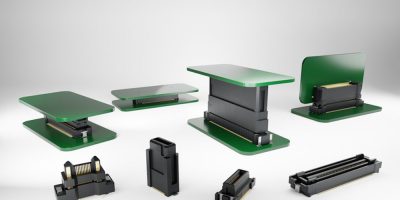In a rapidly evolving world, safety and innovation are key factors that transform interactions with our surroundings. ams OSRAM is delivering technologies that enhance safety while unlocking new possibilities for lighting and communication. With solutions like EVIYOS Shape, ams OSRAM is redefining the way how light is used across industries, from urban landscapes to entertainment and beyond.
Lighting is no longer confined to a simple on-and-off function. With advancements like pixelated lighting, ams OSRAM creates tailored scenarios that were once unthinkable. Imagine streetlights that project guiding paths for pedestrians, vehicle headlights that display warning symbols like snowflakes on icy roads, or architectural installations that transform spaces with dynamic projections. Pixel-level control in technologies such as EVIYOS offer flexibility, delivering precise lighting effects that can adapt to any context—from illuminating urban environments with smart projections to crafting immersive experiences in entertainment.
In urban and smart city environments, EVIYOS Shape enhances public spaces and cultural installations through dynamic, interactive projections, creating engaging and vibrant atmospheres. In the entertainment sector, EVIYOS Shape transforms architainment and digital signage with its energy-efficient lighting, offering new possibilities for creative displays and immersive experiences.
For machine vision, EVIYOS Shape delivers high-precision visual output, ensuring accuracy and efficiency in automated systems and industrial applications. Additionally, it provides custom lighting solutions tailored to meet the specific needs of professional and creative environments, offering bespoke designs that cater to unique requirements. Volker Mertens, Global Director of Product Management at ams OSRAM, emphasises that “EVIYOS Shape has redefined what’s possible with smart lighting, unlocking transformative opportunities in urban projection and smart city scenarios.”
Due to EVIYOS Shape and its capability to create tailored scenarios, the lighting application can contribute to a more sustainable world. With more safety, less energy, and reduced lighting pollution, products based on EVIYOS Shape can support various UN Sustainability Goals.
Recent highlights include the Deutscher Zukunftspreis 2024 for “Digital Light” LED matrix technology. At the end of 2024, a team of experts led by Dr. Norwin von Malm and Stefan Grötsch from ams OSRAM was honoured with the Deutscher Zukunftspreis 2024 for an LED matrix that turns car headlights into projectors. The LED technology developed by the team opens up entirely new possibilities for innovative designs thanks to its high-resolution light distribution and energy efficiency. As part of their “Digital Light” project, the researchers and their teams have completely rethought intelligent LED technology and established a basic technology that enables numerous new applications. This technology has now also been honoured with a CES Innovation Award in the form of EVIYOS Shape—a product that elevates projection and illumination to new heights.







